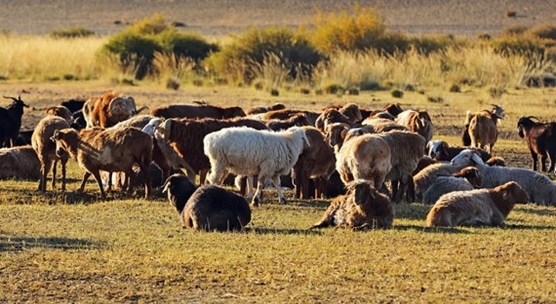
AKIPRESS.COM - The livestock industry in Mongolia accounts for about 90 percent of agricultural production and employs 1 in 4 Mongolians—more than any other sector, the International Monetary Fund says in its press release.
But the industry is facing major challenges. Hotter, dryer summers and massive overgrazing have resulted in sharply rising land degradation. The damaged land then undermines the food supply for the livestock and leaves animals ill-prepared to survive increasingly frequent extreme cold spells.
While it is difficult to reverse the effects of climate change, particularly in the short run, policies to prevent overgrazing are feasible and could have a positive and lasting impact on the sector. This is important because a stronger and more sustainable livestock sector would help Mongolia diversify away from mining and achieve more inclusive economic growth.
The overgrazing in Mongolia stems from soaring global cashmere prices amid a lack of land-use regulations or pasture management standards. Since 1990, the number of animals has tripled to 70 million, vastly exceeding the carrying capacity of the land. IMF analysis finds that the percentage of livestock deaths following cold spells is greatest in the provinces that had the largest increase in their livestock population. In total, these losses of wealth can reach 12 percent of GDP during extreme winters.
This rise in challenges facing herders and their families has triggered massive migration to the capital, Ulaanbaatar. Today, about 1 in 4 Mongolians lives in shantytowns, known as the ger district, in the outskirts of the capital—most of whom are former herders. This has placed large strains on the city’s infrastructure and contributed to a sharp increase in air pollution.
Another implication of land degradation and desertification is the so-called yellow dust storms, which have resulted in rising health and economic costs. The dust storms plague not only Mongolia, but also neighboring countries across East Asia, including China, Japan, and South Korea.
